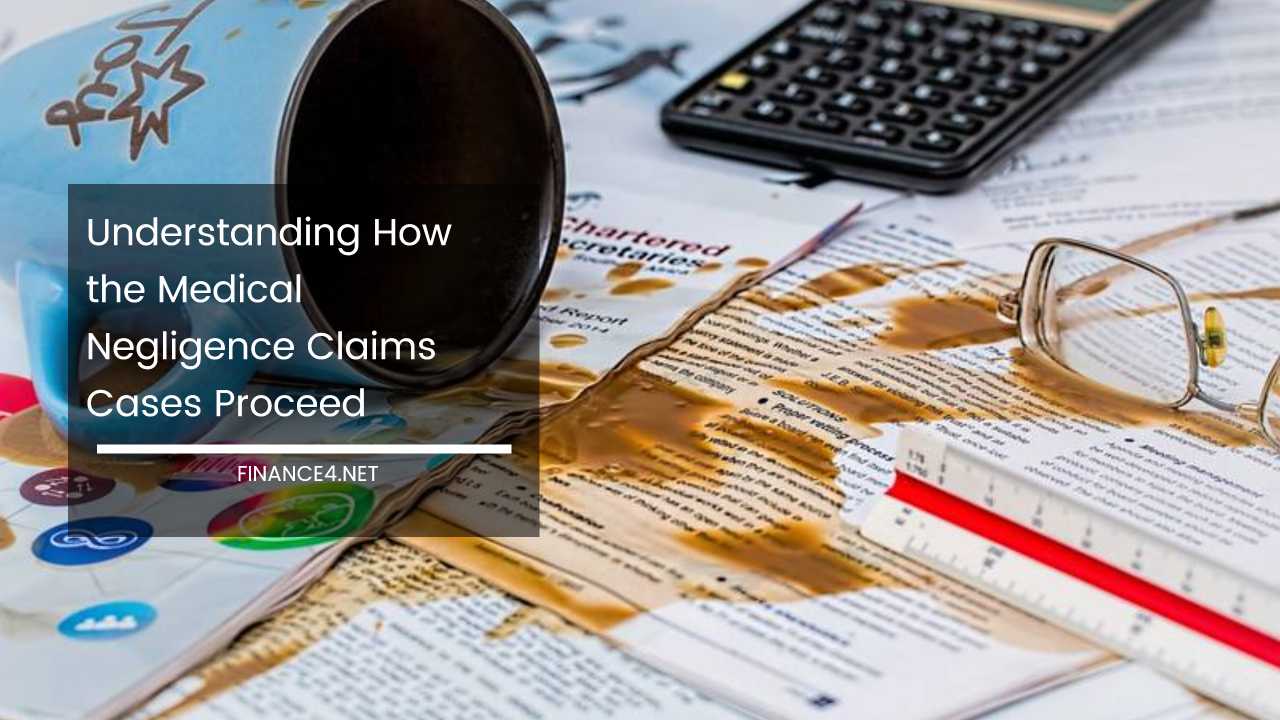Understanding How the Medical Negligence Claims Cases Proceed

Navigating the Complexities of Medical Negligence Claims: Understanding, Process, and Legal Recourse
In contemporary society, the relationship between patients and healthcare professionals is built on a foundation of trust and reliance. From minor ailments to life-threatening conditions, individuals entrust their well-being to the expertise and care of doctors.
However, this trust can be shattered when instances of medical negligence occur, leading to devastating consequences for patients and their families.
In this comprehensive exploration, we delve into the intricacies of medical negligence claims, examining the underlying principles, legal framework, and the process involved in seeking justice and compensation for victims.
Understanding Medical Negligence:
Medical negligence, also known as medical malpractice, refers to instances where healthcare providers fail to meet the standard of care expected within their profession, resulting in harm to the patient. It encompasses a broad spectrum of actions or omissions, including misdiagnosis, surgical errors, medication mistakes, and inadequate treatment.
At the heart of a medical negligence claim lies the concept of duty of care, wherein healthcare professionals are obligated to provide treatment that meets the accepted standards of practice. When this duty is breached, either through negligence or incompetence, and harm ensues, the legal principle of negligence is invoked.
Establishing Liability and Causation:
In pursuing a medical negligence claim, plaintiffs must satisfy two fundamental elements: liability and causation.
- Liability: This involves proving that the healthcare provider breached their duty of care by failing to adhere to the standard practices expected in their field. It requires demonstrating that the quality of treatment provided fell below what a reasonably competent practitioner would have offered under similar circumstances. This aspect often involves expert testimony from medical professionals who can assess the actions of the defendant and testify to their deviation from the standard of care.
- Causation: Establishing causation entails demonstrating that the harm suffered by the patient was directly attributable to the negligent actions or omissions of the healthcare provider. This requires ruling out any alternative explanations for the injury and establishing a clear link between the provider’s conduct and the resulting harm.
Legal Precedents and Standards:
Legal precedents and standards play a significant role in shaping the landscape of medical negligence litigation. Two landmark cases, Bolam v. Friern Hospital Management Committee (1957) and Bolitho v. City and Hackney Health Authority (1997), have had a profound impact on the legal framework surrounding medical negligence claims in the United Kingdom.
Bolam established the principle that healthcare professionals are not necessarily negligent if they act in accordance with a responsible body of medical opinion within their specialty.
However, Bolitho refined this principle by introducing a requirement for the court to assess the logical coherence of the expert opinion provided, ensuring that it withstands scrutiny and is not based on illogical or indefensible reasoning.
The Process of Pursuing a Medical Negligence Claim:
The journey of seeking justice for medical negligence begins with the initiation of legal proceedings, which follows a structured process:
- Letter of Claim: The claimant, typically represented by a solicitor specializing in medical negligence, sends a formal ‘Letter of Claim’ to the healthcare provider or institution responsible for the alleged negligence. This letter outlines the nature of the claim, including details of the harm suffered and the grounds for alleging negligence.
- Pre-Action Protocol: In many jurisdictions, including the UK, there are pre-action protocols that govern the conduct of parties before litigation commences. These protocols aim to encourage early settlement, facilitate the exchange of information, and streamline the litigation process.
- Investigation and Evidence Gathering: Following the initiation of legal proceedings, both parties engage in the process of investigation and evidence gathering. This may involve obtaining medical records, witness statements, expert opinions, and other relevant documentation to support their respective positions.
- Negotiation and Settlement: In some cases, the parties may opt for alternative dispute resolution mechanisms, such as mediation or arbitration, to negotiate a settlement outside of court. This allows for a more expedient resolution of the claim and can mitigate the costs and uncertainties associated with litigation.
- Court Proceedings: If a settlement cannot be reached, the matter proceeds to court, where both parties present their cases before a judge or jury. This typically involves the examination and cross-examination of witnesses, presentation of evidence, and legal arguments.
- Judgment and Appeal: Following the trial, the court issues a judgment based on the evidence presented and the applicable legal principles. If either party is dissatisfied with the outcome, they may have recourse to the appellate process to challenge the decision.
Challenges and Considerations:
Navigating a medical negligence claim poses numerous challenges and considerations for both plaintiffs and defendants. These may include:
- Complexity of Medical Evidence: Medical negligence claims often involve complex medical issues that require expert testimony to decipher and evaluate. Understanding and presenting this evidence effectively can be challenging for both legal practitioners and the court.
- Emotional Toll: For plaintiffs, pursuing a medical negligence claim can be emotionally taxing, particularly if it involves reliving traumatic experiences or grappling with the loss of a loved one. Similarly, healthcare providers may experience stress and anxiety when faced with allegations of negligence.
- Financial Implications: Litigating a medical negligence claim can be financially burdensome, with costs accruing for legal fees, expert witnesses, court proceedings, and other associated expenses. This financial strain can deter some individuals from pursuing valid claims or compel them to settle for less than they deserve.
- Statute of Limitations: In many jurisdictions, there are statutory limitations on the timeframe within which a medical negligence claim must be filed. Failure to adhere to these deadlines can result in the forfeiture of the right to seek compensation, underscoring the importance of seeking legal advice promptly.
Final Thoughts:
In conclusion, medical negligence claims represent a complex and multifaceted area of law that requires a nuanced understanding of medical, legal, and procedural considerations.
From establishing liability and causation to navigating the intricacies of the litigation process, pursuing justice for victims of medical negligence demands diligence, expertise, and perseverance.
By empowering individuals with knowledge of their rights and legal recourse, we can strive towards a healthcare system that prioritizes accountability, patient safety, and the pursuit of justice.



